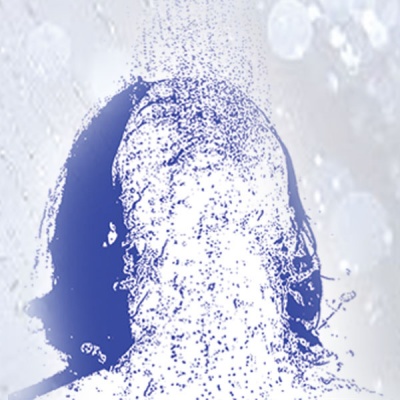THE TRICKLE DOWN EFFECT
Your FAV The Amphitheatre, 77 Fairlie Terrace, Wellington
25/02/2016 - 28/02/2016
NZ Fringe Festival 2016 [reviewing supported by WCC]
Production Details
Pat-A-Cake Productions, who brought the award-winning The Things We Do to last year’s Fringe Festival, present the next physical piece in the pipe-line, THE TRICKLE DOWN EFFECT at MyFAV, 25 th to 28th Feb at 3.30pm and 5.30pm.
The Trickle Down Effect is a physical exploration with our community in response to New Zealand’s rising inequality. Who has used all the bloody hot water again? The economy’s in deep, the details are diluted down, and the promised ‘trickle down’ isn’t exactly puddling at our ankles.
This is Pat-A-Cake’s fourth Fringe in Wellington. Notably known for occupying alternative spaces to keep theatre fresh, relevant and accessible, they’re adding another feather to their shower cap: real showers with recycled running water! It’s more than a 3D metaphor.
Facilitating the action is Bop Murdoch, who found inspiration for this show in Max Rashbrooke, editor of Inequality: A New Zealand crisis , who says that a growing income gap causes people to “lose their sense of what life is like for people in the other half”.
“They trust each other less, and they care about each other less and so they’re less likely to extend a helping hand and feel like they’ve got something in common with everyone else,” he says.
Murdoch says that running showers provide “a delightful way to dream about what recreating that connection could look like.”
This generation goes straight to check the shower-pressure before they sign an over-priced lease on a flaky, mouldy flat. Increasing numbers of New Zealanders under the age of 25 are falling into lower income brackets. For some young people, higher education is not helping much. The proportion of people with bachelors degrees in the lowest income brackets has steadily increased.
“This show reimagines a more equal New Zealand, and aims to understand more about our own relationship to our income – so that we can take steps towards connecting across the gap…” says Murdoch.
Moving bodies and a moving body of water invite summer audiences to engage with the slippery task of keeping kiwi households afloat. The Trickle Down Effect will exist inside a continuing conversation between potential audiences, collaborators and the community. The conversation doesn’t end here!
Your FAV The Amphitheatre, 77 Fairlie Terrace
25 – 28 February 2016,
3.30pm and 5.30pm
Theatre , Outdoor ,
Inequality intriguingly explored
Review by Shannon Friday 27th Feb 2016
The Trickle Down Effect is about income in New Zealand. The title derives from the literalized Rogernomics metaphor: four women competing for water from four working shower heads in the middle of the amphitheatre outside 77 Fairlie Terrace.
There’s a long run-in, in which the four women – Ingrid Saker, Sabrina Martin, Hannah Keely, Trae Te Wiki – come from around the building, up the hill, down the driveway, arms pumping in time to Finn Johansson’s excellent sound design. The alternating fast and slow motion shows us just how hard they’re working. We feel their thirst and desperation for a shower at the end; water is very, very precious.
Once the women reach the shower, elements of social behaviour around wealth are introduced slowly, exploring the craving to get wealth and the arbitrary way it is distributed. Direct competition, solidarity vs individual success, collaboration, charity all take their turn.
Once the uneven streams of water turn on, the show becomes basically a clown show, in which the women react to their portions. The physical commitment is thrilling; I love watching them frolic in the water and working around obstacles, and the discipline of actors watching when it’s another’s turn to shine is impressive.
However, there is more than a little bit of a tendency to mug to the audience. Exaggerated facial expressions, understandable and funny in slow motion, feel patronizing in normal speed; like the creators are afraid we’re not going to ‘get it’. It undermines the work the rest of the show is asking us to do. Breaking down each action into every small thought would create the impact much more effectively.
The water streams finally settle, and in a final set piece we see how each woman reacts to her resources. There are a couple who have ritualised movements getting from the showers to their buckets at the edge of the stage. It doesn’t read as a reaction to other obstacles, but individual choice, and it’s easy to lose sight of the unfairness of the initial unequal distribution.
Overall, I find I am given enough room to think through what is presented: credit to Bop Murdoch for her facilitation. I find myself thinking a lot about what I am paying attention to, what judgements I am bringing to the women’s choices. I’d like to see this show have a life past YourFAV and the largely self-selected audience that is likely to see a political show on a university campus.
Copyright © in the review belongs to the reviewer





Comments